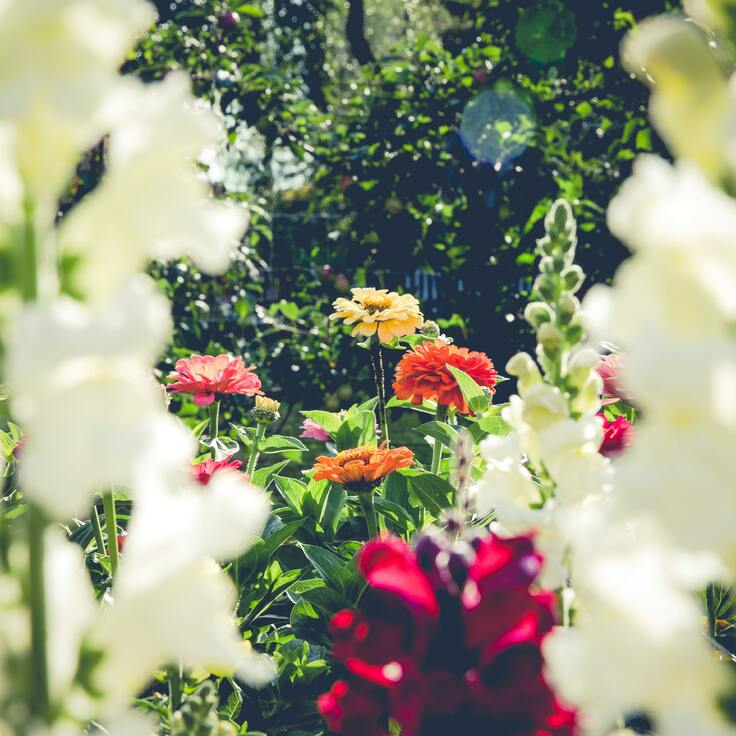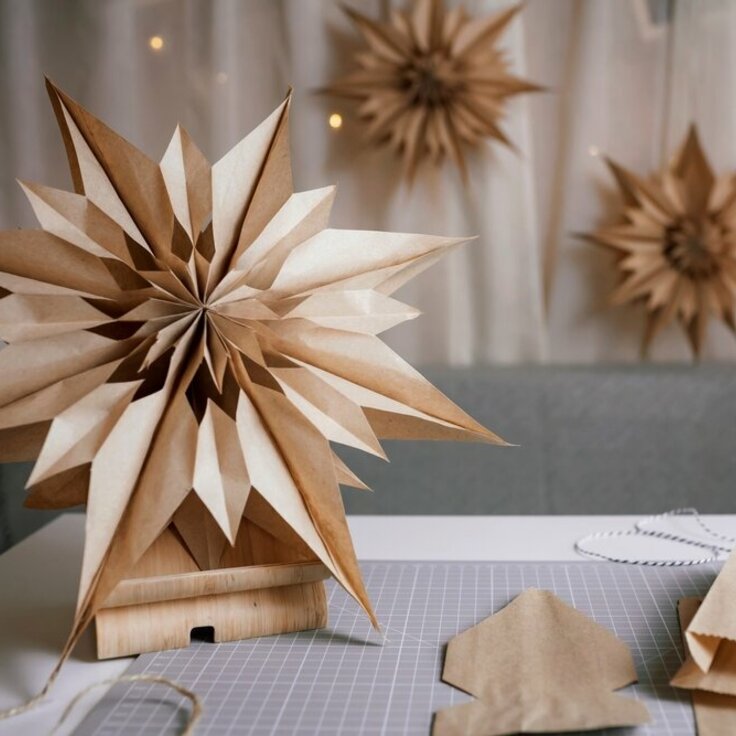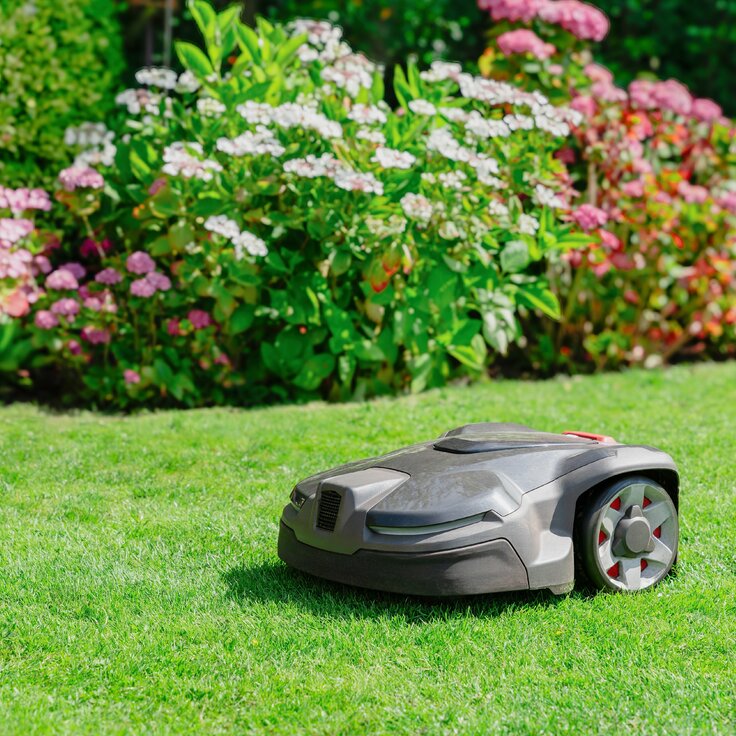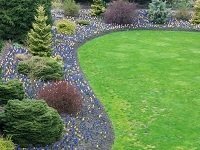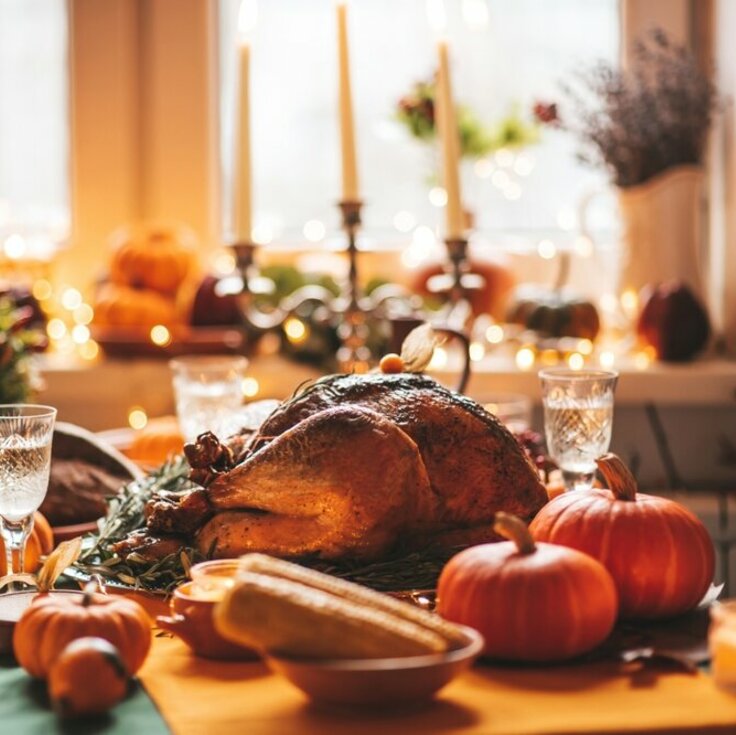Getting Gardens Ready for Winter
With the first blasts of arctic air from Canada comes the cold, hard truth that winter is right around the corner. While gardeners in warmer climes (USDA zones 8 to 10) relish the cool air because it signals fall planting time, most gardeners across the country know it's time to wrap up the garden. There are plenty of fall chores to do, such as protecting annual crops from frost, putting perennial gardens to bed for winter, and preparing trees and shrubs for the cold. By spending a little time this fall sprucing up the lawn or weeding the perennial garden, you can insure a healthier start to next year?s garden season. Here?s a checklist of fall activities to get your gardens ready for winter.
Trees and Shrubs winter proof
- Instead of raking and bagging the leaves to cart off to the landfill, shred leaves with a mower to create a 1- to 2-inch-thick layer of chopped leaves on top of the grass. The earthworms in the lawn will love the food, and the leaves will eventually break down, adding nutrients to the soil.
- For leaves you do collect, compost them with other organic matter, such as fresh grass clippings, spent vegetable and flower plants, and kitchen scraps.
- Protect young trees from sunscald (splitting of the trunk due to extreme temperature changes in winter) by painting the trunk with an outdoor, white latex paint or wrapping the trunk with tree wrap.
- Protect tender evergreen shrubs, such as rhododendrons, from cold winds by driving four stakes into the soil around the shrub and wrapping burlap around the plant, or applying an antitranspirant spray to the foliage.
- Place wooden tepees over shrubs growing under eaves where snow tends to fall off the roof.
- In warm winter areas, plant evergreen trees and shrubs now. Plant deciduous trees and shrubs after they drop their leaves. Keep plants well watered if it doesn?t rain regularly.
Lawn winter prepping
- Continue to mow the lawn high (2 to 3 inches for most grasses) to encourage good root growth.
- Fertilize now with a 3-1-2 ratio lawn food.
- Reseed thin spots in the lawn, and in warm areas of the South and West spread annual ryegrass seed on top of warm-season grasses (e.g., Bermuda grass) to add winter color.
- Top-dress lawns with a 1/2-inch-thick layer of compost to build the root system.
- Aerate compacted areas with aeration sandals or a rented aerator machine.
- Keep the lawn well watered throughout fall if the weather is dry.
Read more from The National Gardening Association



